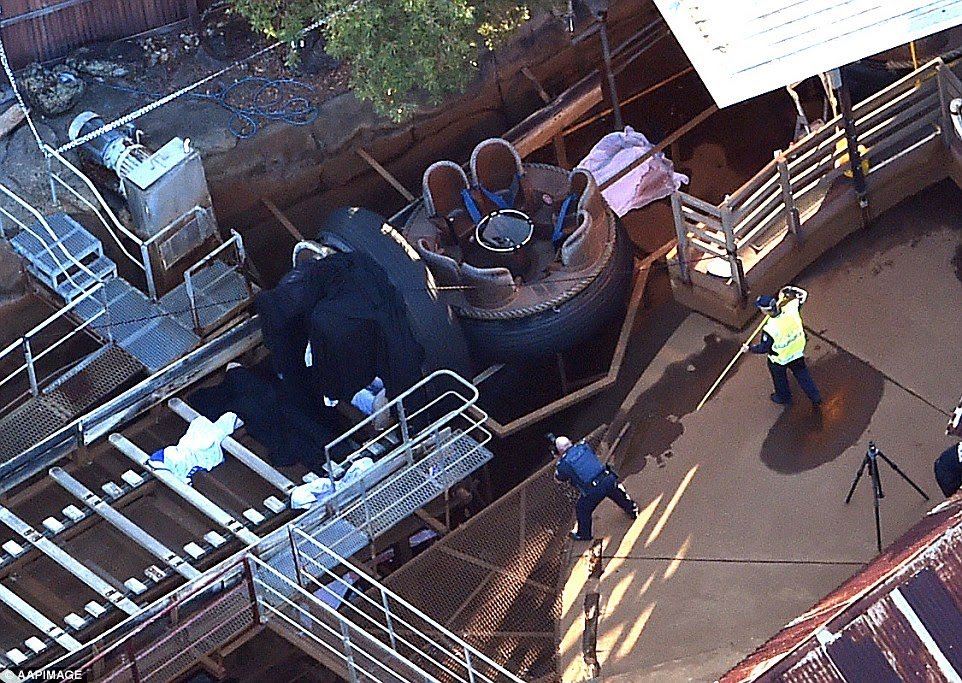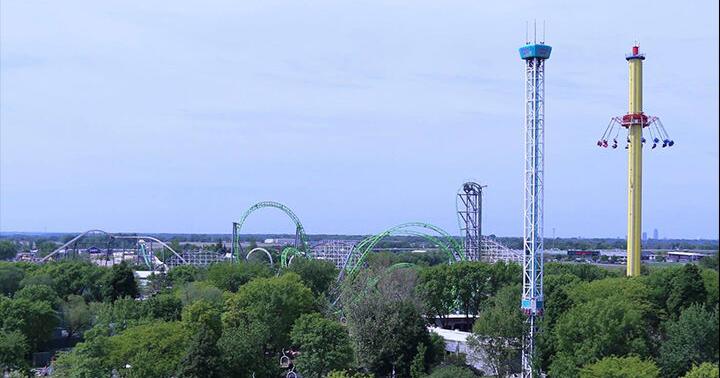Sounds very unpleasant.
“Second major incident in last 5 years” is a wholly factual but a slightly tenuous statement. The first incident was (apparently) a ride OP falling into the ride’s conveyer belt, which is obviously horrific and tragic but at face value to me it doesn’t necessarily warrant linking the two incidents together for the purposes of the article, unless the conveyor belt was involved again… perhaps it was, but I doubt that was in contemplation at the time the parallel was drawn.
I love rapids rides and log flumes - they offer typically the biggest laughs at a theme park and I would be very disappointed to see them phased out due to poor public perception caused by inept management. I struggle to believe that they cannot be operated safely and confidently.
There aren't that many forces on a rapids ride capable of overturning a raft full of people. Merely butting into another raft won't do it, as they are designed to just bump around when they collide. They need to be lifted out of the water to flip around. In other words, I'd consider it pretty likely that a conveyor belt was involved, as that was what happened when that raft was flipped at Dreamworld in Australia back in 2016. Here's a picture from the investigation of that accident, showing how one raft was "conveyed" on top of another, then tilted over because the raft in front was stuck:
It's still unknown whether this accident was like the one at Dreamworld, but it is likely that there are similarities, as it takes a lot of external force to tip a raft, and the conveyor belts provide plenty of such force.
And, well, I'd say that river rapids are pretty dangerous all in all. Falling out of a raft is up there with "climbing over the ride fence to retrieve your hat" and "running across the parking lot with your eyes closed" as one of the riskiest things to do at an amusement park. They've got torrents of rushing water, where unlucky swimmers have no means to fight the current (or even orient themselves during the shock of falling in). The trough may be slippery from algae growth. Water may be very deep in places that look deceptively calm and shallow (this sadly claimed the life of a girl who fell off a raft at Splash Canyon at Drayton Manor a few years ago - other riders saw her appear to have shaken off the shock and was heading for a way out, but then she slipped into deeper water and drowned). One may be struck by the rafts floating around (or heavens forbid, trapped underneath one). The water trough also contains all sorts of unseen, underwater, moving machinery and pump intakes that can snag people, drag them under, and pin them in place (or worse ... ). It's really not a place you would want to suddenly find yourself.
That makes it all the more important to prevent people from falling out, and doubly important to ensure that the rafts won't ever fall over. It's one thing if a disobedient rider stands up and falls out of the raft, but if the raft somehow ejects people that behave exactly like they're supposed to, then something has gone
badly wrong. If a raft flips, its riders are in mortal danger. If any circumstances can cause a raft to flip, the whole design of the ride should be in question.



